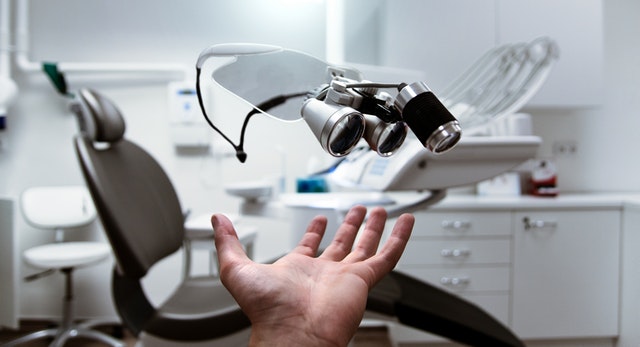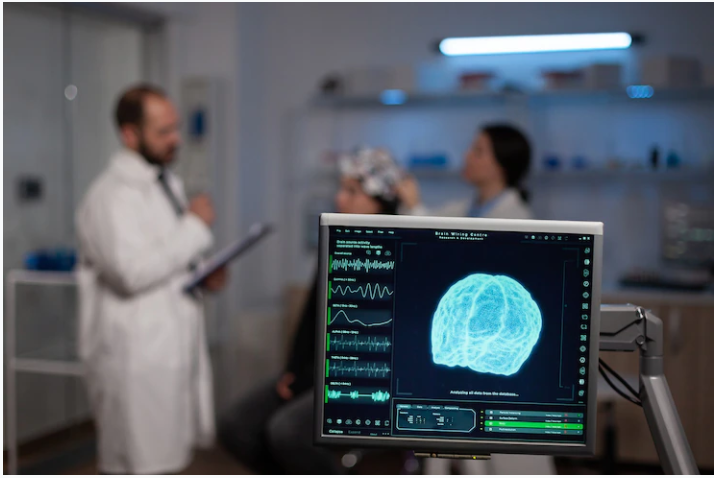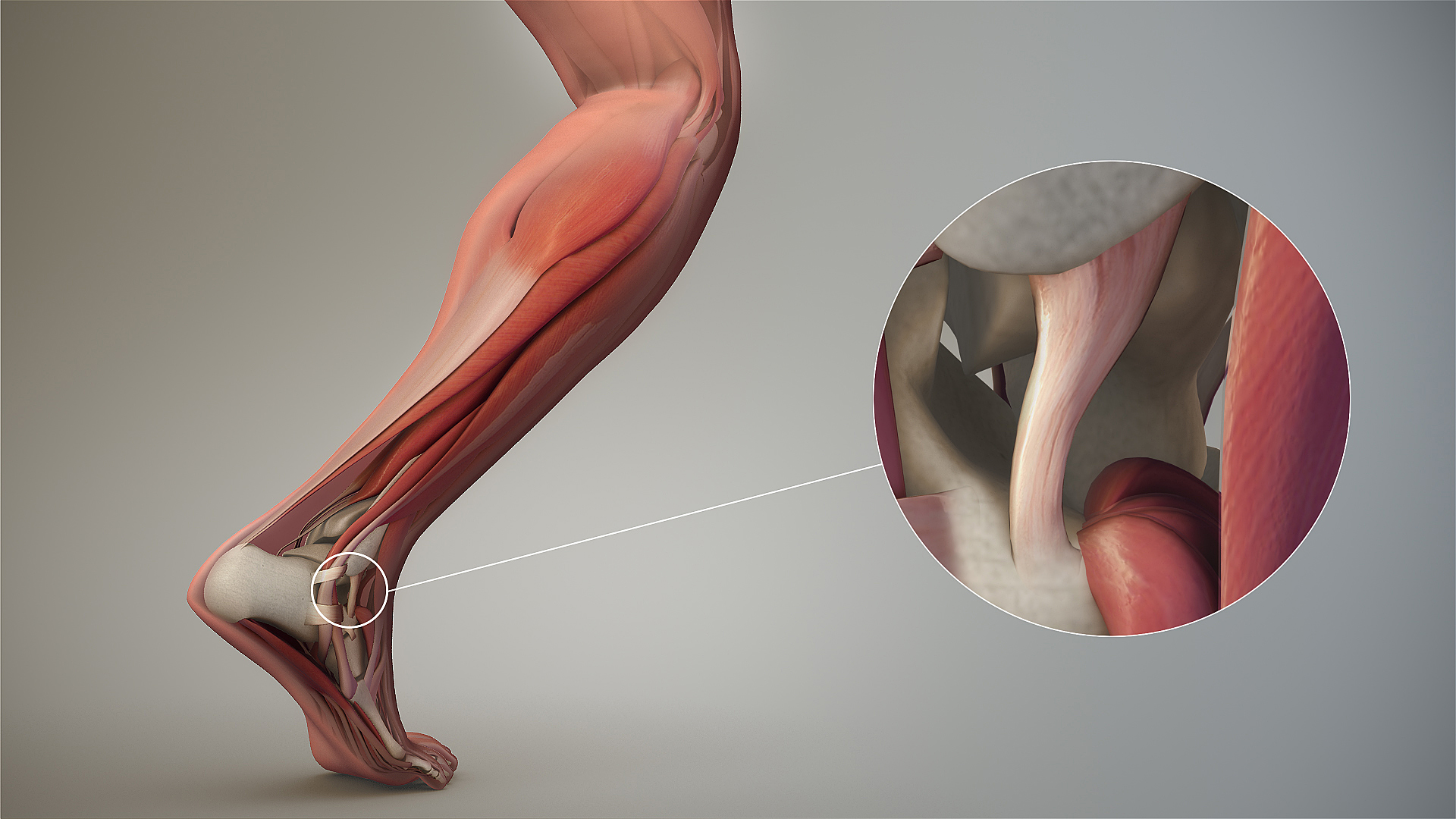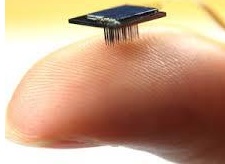Increasing geriatric population is expected to accelerate the growth of the wearable medical devices market from 2018 to 2025.
The global wearable medical devices market is expected to reach US$ 23,310.9 Mn in 2025 from US$ 6,231.7 Mn in 2017. The market is estimated to grow with a CAGR of 18.1% from 2018-2025. The report highlights the trends prevalent in the global wearable medical devices market and the factors driving the market along with those that act as restraints to its growth. The global wearable medical devices market is witnessing a sheer rise in the current scenario and is expected to expand in the coming years. Increasing geriatric population is one of the major factor expected to propel the demand of wearable medical devices market. However, frequent product recalls in the market is expected to hinder the market growth.
The elderly population is defined as group of people aged 65 and over. Population ageing is poised to become one of the most significant social transformations of the twenty-first century. The number of geriatric population has been increasing rapidly across the globe. According to the data published by the United Nations, in 2017, there were an estimated 962 million people aged 60 or over in the world, which comprised of 13 per cent of the global population. The geriatric population is estimated to grow at a rate of 3% every year.
The geriatric population in the North America in 2015 were approximate to 15% and is estimated to grow 22% by 2050, the elderly population in 2015 were approximate to the 17% and is expected to reach 27% by 2050, and similarly the data was given for the Asia Pacific which revealed that the geriatric population was near about 8% and is expected to double with 9% by 2050.
While the performance and functionality of the sensors are key factors for health and fitness applications, they are of critical importance for wearables classified as medical devices. These products risk a recall by the U.S. Food and Drug Administration (FDA) and/or Health Canada if they provide inaccurate readings. Some wearables currently on the market have produced noticeably incorrect data, leading consumers to question the utility of the devices. One product that has generated this type of user complaint is the Nike+ FuelBand, which “undercounts or over counts certain types of activity.
In September, 2018, Portland-based Provata Health recalled around 30,000 fitness trackers following reports of burns due to overheating issues. These devices were distributed for free as a part of promotional activity during August 2017 to July 2018. The recall was made after 13 reports were of overheating while charging registered. In three cases, individuals also suffered burn on their wrists due to the use of the product. These constant product recalls due to improper functioning of the devices may prove to be a major restraining factor for the wearable devices market.
Some of the prominent players operating in wearable medical devices market are Xiaomi Technology Co., Ltd, Samsung Electronics Co., Ltd., Fitbit, Inc., Garmin Corporation, Apple Inc., HUAWEI Technologies Co., Polar Electro, Omron Corporation, Activinsights Ltd., and VitalConnect.



